
After a brief and partial relaxation of the rules over Christmas and New Year, many continental European countries have returned to the tough anti-Covid regimes that were imposed this autumn – with some tightening measures further.
According to the latest update from the World Health Organization, in the final week of 2020 the UK had a 14-day new-case notification rate of 720 for every 100,000 people, more than double that in France, Germany, Italy and Spain but lower than the Czech Republic, the Netherlands, Sweden and Denmark.
France (infection rate 277.5/100,000) lifted its second national lockdown on 15 December, with non-essential shops allowed to reopen but cafes, restaurants, gyms, cinemas and theatres remaining closed. It was replaced with a nationwide 8pm-6am curfew that was eased for Christmas (but not New Year). The curfew has now been brought forward by two hours in 15 départements, mainly in eastern France, with schools returning for the new term as normal on Monday.

Germany (379.1/100,000) has been in a second lockdown since 2 November. The restrictions, which began as a “lockdown light” with only restaurants, bars and entertainment venues closed and some soft-touch rules for social gatherings, were tightened in the run-up to Christmas. Since 16 December, non-essential shops have also been closed, schools and nurseries only offer emergency care, and social gatherings are limited to one other household or a maximum number of five people over the age of 14. The lockdown is expected to be extended until the end of January.
Netherlands (907/100,00) closed bars and restaurants in mid-October, with non-essential shops and businesses, gyms, museums, cinemas and theatres following on 15 December. After a minor Christmas relaxation, people are again advised to stay at home and may have only a maximum of two guests a day. Home working is strongly advised and childcare facilities and all schools, colleges and universities are closed except for the children of key workers until at least 19 January.

Sweden (815/100,00), whose largely voluntary approach has been an outlier, last month banned bars and restaurants from serving alcohol after 8pm; limited groups in restaurants to four; ordered shops and gyms to set a maximum number of customers; moved over-16 education back online; closed non-essential public services such as swimming pools and libraries; and recommended face masks on public transport at busy times. A new law aimed at making it easier for the government to impose further restrictions should come into force from 10 January.
Poland (330.6/100,000) introduced a three-week strict lockdown on 28 December, with the closure of non-essential shops and all arrivals from abroad required to isolate for 10 days. Public gatherings are limited to five people.
In Hungary (335.6/100,000), all shops remain open but the country’s borders are closed to almost all visitors, including citizens of other EU nations, and a night-time curfew is in force between the hours of 8pm and 5am.

Spain (271.7/100,000) has imposed regional restrictions, with Catalonia among the strictest: from Thursday, people are barred from leaving their municipality, gyms and shopping centres must close, and only essential shops may stay open at weekends. Bars and restaurants can open for breakfast and lunch, but offer only takeaways at dinner. Madrid, where the 14-day case rate is among the country’s highest, has rejected closing restaurants or non-essential shops, instead opting for a light-touch confinement of districts with a higher infection rate.
I won’t make the same mistakes again: Milan mayor on his green Covid recovery plan
Read more
Italy (337.9/100,000) spent much of Christmas and New Year at home, with people allowed out only for essential reasons or brief visits to relatives. The rules will ease from Thursday when the previous three-tier regional system will return. Restaurants and bars can open until 6pm on Thursdays and Fridays, but must close again at weekends when the whole country will be classed “red”. A nationwide 10pm-5am curfew remains and secondary schools will not reopen (at 50% capacity) until at least next week.
Additional reporting by Ashifa Kassam, Philip Oltermann, Angela Giuffrida and Shaun Walker

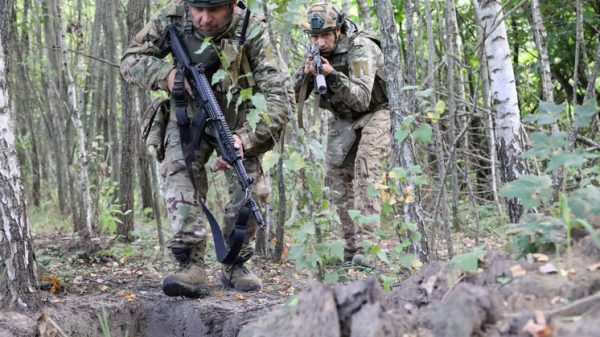
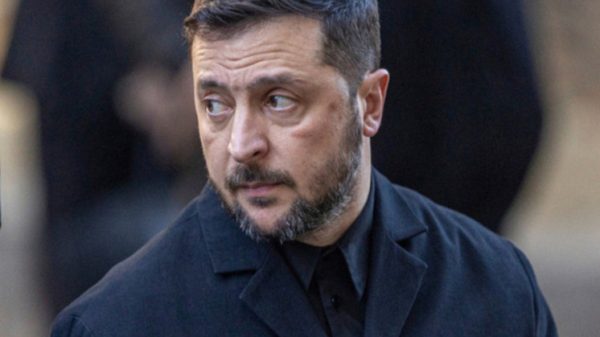




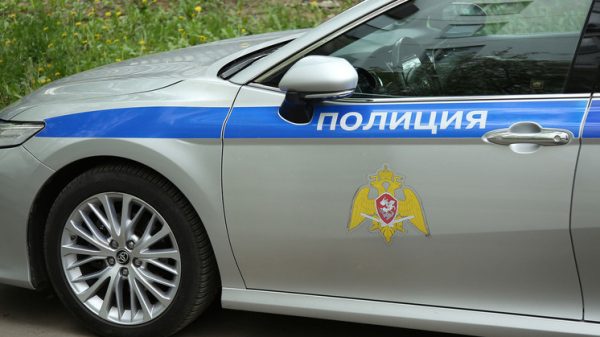

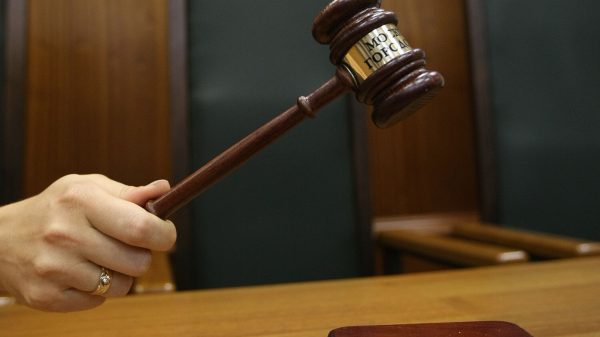

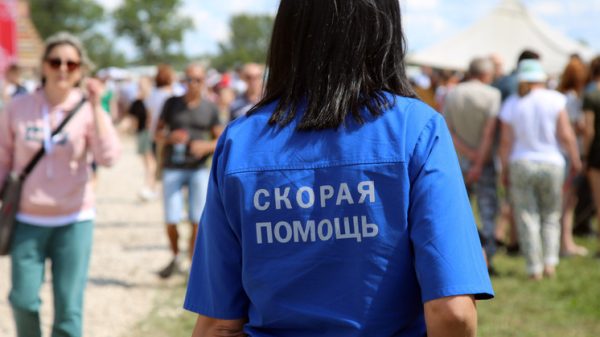







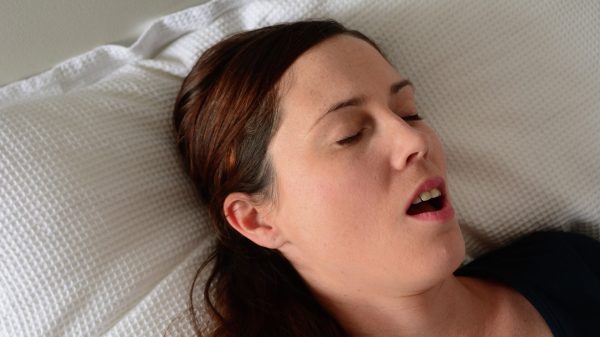




































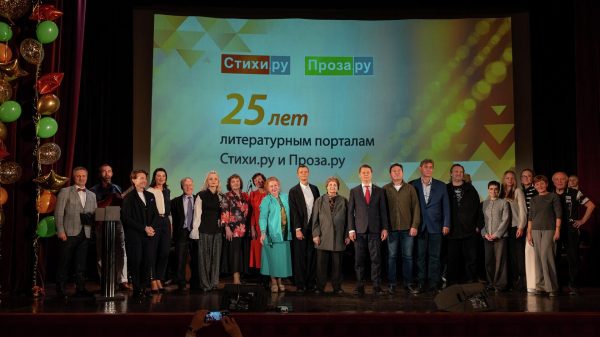
Свежие комментарии